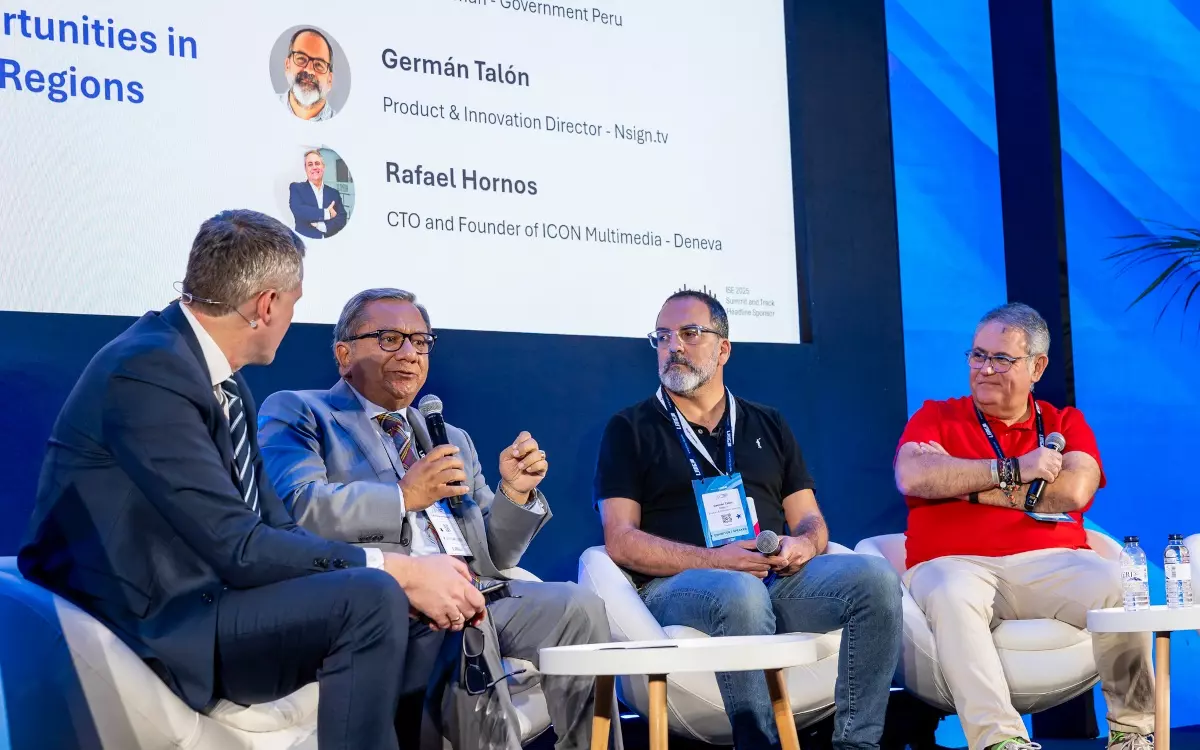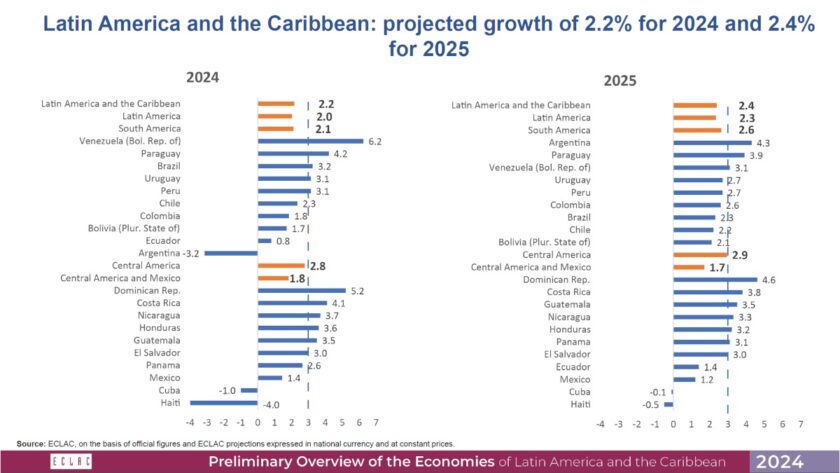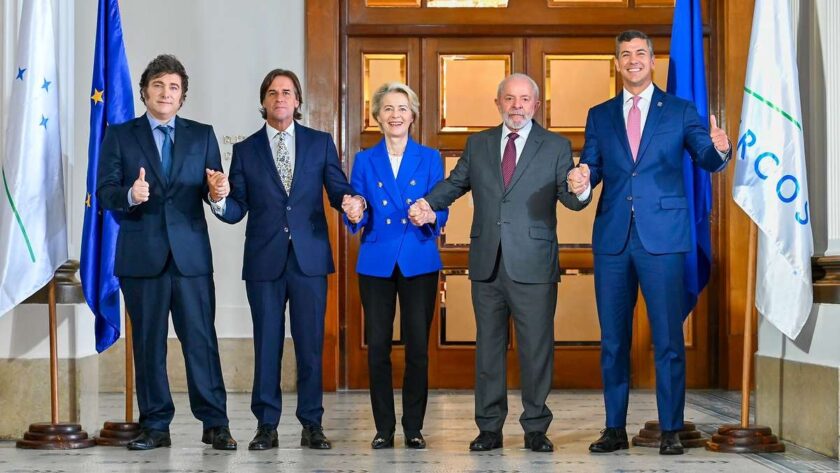Barcelona | Donald Trump's return is causing major disruption not only in North America but also across Latin America. Many digital signage businesses in Mexico, Brazil, and Colombia are shifting their focus from the US to Europe. Meanwhile, European industry players are increasingly establishing operations in Latin America. Here are the insights from our EU-LATAM Forum at ISE.

ISE 2025: New Opportunities for Europe and LATAM
International digital signage providers like Navori, Telelogos, and Stratacache, along with Spanish ISVs such as Deneva and N-Sign.tv, have local subsidiaries in Mexico and throughout the LATAM region. For large global integrators, Latin America has become a key growth region, particularly for providing services to the local operations of North American and European clients.
LATAM-based clients, including banking groups, convenience stores, supermarkets, telecom companies, and fashion brands, are high-potential customers for global digital signage providers. At ISE, invidis hosted its second EU-LATAM digital signage panel with Rafael Hornos (Deneva), German Talon (Nsign.tv), and Carlos Anderson (Member of Congress of Peru).
Focus shifting from the US to Europe
Latin American businesses have traditionally focused on the US and Canada while conducting cross-border transactions within LATAM in US dollars. Many providers have also positioned themselves as a cost-effective nearshoring alternative for North American customers. However, with Trump’s return to the White House, the focus has now shifted to Europe. Additionally, Peru is leveraging tax-free zones to support ProAV companies and media production.
European digital signage providers, particularly from Spain, have been highly active in Mexico and throughout Latin America for years. The digital signage needs of large companies in LATAM are similar to those in Europe, although street prices for licenses and services tend to be lower. Some Spanish providers generate more than a third of their sales in LATAM – a clear evidence of how closely connected the regions are.

New markets for digital signage
The EU-Mercosur agreement will open the markets of Argentina, Brazil, Paraguay, and Uruguay to European companies, creating a common market with around 715 million people. When the agreement comes into force, the exchange of goods and products will improve as many trade barriers and tariffs are eliminated.
Currently, Mercosur imposes some of the highest external tariffs in the world, such as 35 percent on cars, 14 to 20 percent on machinery, and up to 18 percent on chemicals. If the agreement is successfully concluded, around 90 percent of import and export duties between the two parties will be removed. This would make it the largest EU trade agreement in terms of tariff reduction, potentially saving European companies around four billion euros annually.

The EU-Mercosur agreement will therefore further strengthen the connection between Europe and LATAM. With growing demand from LATAM-based clients and favorable trade conditions, the future of the digital signage industry in both regions looks promising, offering new avenues for growth and collaboration.

